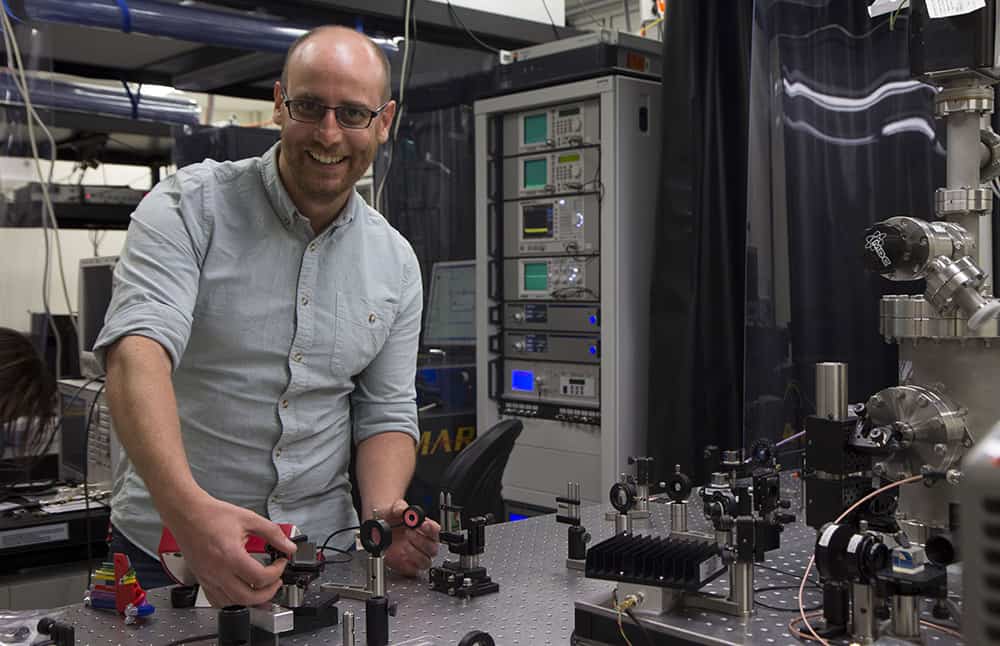Optical ‘dog’s nose’ may be key for identifying diseases

There have been good studies undertaken around the world which show that diseases like lung and oesophageal cancer, asthma and diabetes can be detected in this way, even before external symptoms are showing.
Researchers from the University of Adelaide are in the process of developing a laser system for fast, non-invasive, onsite breath analysis that could hold the key for screening potentially life-threatening diseases including diabetes, infections and various cancers in the future.
The instrument developed by researchers essentially equates to an “optical dog’s nose”, which uses a special laser to measure the molecular content of a sample of gas.
Australian Research Council (ARC) Research Fellow with the University’s Institute of Photonics and Advanced Sensing (IPAS) Dr James Anstie said; “Rather than sniffing out a variety of smells as a dog would, the laser system uses light to “sense” the range of molecules that are present in the sample.
“Those molecules are by-products of metabolic processes in the body and their levels change when things go wrong. There have been good studies undertaken around the world which show that diseases like lung and oesophageal cancer, asthma and diabetes can be detected in this way, even before external symptoms are showing.”
A new field of research being pursued across the world, breath analysis has the potential to offer almost-instant results, high sensitivity and the ability to test for a multitude of molecules at once, allowing for the testing and identification of a range of diseases and infections. Due to the many benefits, breath analysis can potentially revolutionise wide-span health screening.
Published in the journal Optics Express, Dr Anstie and colleagues including Masters student Nicolas Bourbeau Herbert, PhD student Sarah Scholten, senior research associate Dr Richard White and IPAS director Professor Andre Luiten explained and detailed their use of optical spectroscopy to detect the light-absorption patterns of different molecules, with high levels of accuracy and speed.
Using a specialised laser – an optical frequency comb – the system sends up to a million different light frequencies through the sample in parallel. Each molecule absorbs light at different optical frequencies and therefore has a unique molecular fingerprint.
“We now have a robust system to be able to detect the presence and concentrations of molecules in a sample,” says Dr Anstie. “The next step is to work out how to accurately sample and interpret the levels which will naturally vary from person to person.”
Dr Anstie believes the group will have a working prototype in 2-3 years and a commercial “plug and play” product could be available in 3-5 years. Apart from the clear benefits it could make to the field of healthcare and medicine, the device has other potential applications, including measuring trace gasses such as atmospheric carbon dioxide and detecting impurities in natural gas streams.
The research is funded through the ARC, the Premier’s Research and Industry Fund and a South Australian Government Catalyst Research Grant. To find out more information, visit the University of Adelaide’s website HERE.

